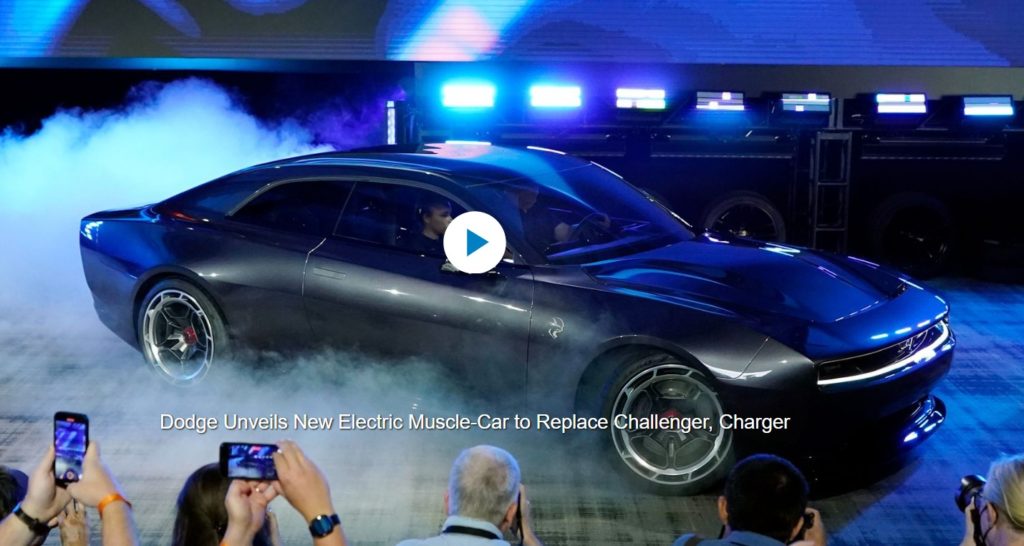Listening to politicians and industry zealots would make you believe we are about to see a radical shift in how our planet produces and consumes everything. We read about plant based substitutes for animal protein and are lead to believe they will change the world in just a few years. We hear about renewable energy replacing fossil fuels in just a few more years and certainly by the year 2050 we will see the full demise of the companies who drill for oil and natural gas.
When I asked everyone I knew how any of this was a reality if our government’s forecast for energy use to 1950 show virtually no change? I was met by shrugged shoulders and crickets. Public Utility Fortnightly’s recent article should shed some light here and offers a sobering perspective.
We are moving in the right direction, but change is slow and incremental. We all seem to be marching in unison about a gradual transition to electric vehicles, yet even now the realities of rare earth metals like lithium are showing how anything but a gradual transition is unrealistic. There is a reason they are called rare earth metals and there is no easy answer here.
Sure, Tesla is working on new battery technology and who would argue with that noble goal. Elon Musk is probably one of the most likely people to add to his list of doing things no one else seems to even think could be done … see SpaceX. Truly remarkable … thank you Elon for believing in a future for space travel.
However, as you read the PUF article, please do note the time scales for change here. Anyone who believes we can change the trajectory of energy use in the world by more than a few percentage points in any timescale as short as 10-20 years is simply a dreamer. The world’s energy use is a staggeringly large number.
The population continues to grow and the “have nots” in the developing countries are pushing for the American dream. This is not going to change. While renewables are important, they simply will not “bend the curve” as we tried to do with behaviors and technology with COVID.
Archimedes thought you could move the world if you had a big enough lever arm.
Slow and steady wins the race. Throwing money at this problem believing you are going to change history is delusional at best and dishonest at worst.





